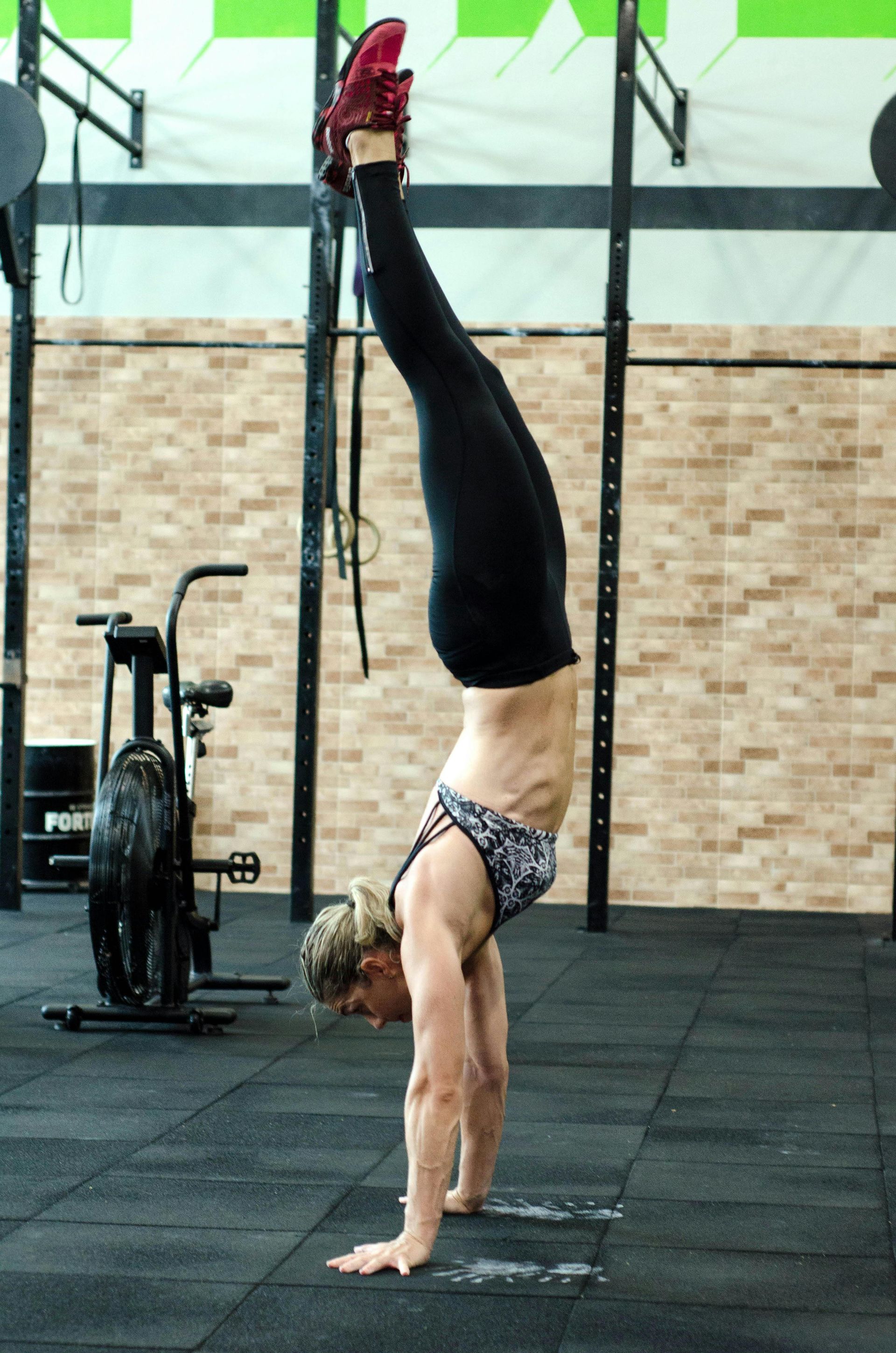By clicking “Accept All Cookies”, you agree to the storing of cookies on your device to enhance site navigation, analyze site usage, and assist in our marketing efforts. View our Privacy Policy for more information.
🔁 The Role of Scaling in CrossFit: How to Modify Without Losing Intensity
6/2/2025
By
June 2, 2025

The Role of Scaling in CrossFit: How to Modify Without Losing Intensity

Posted by Starr Village CrossFit – Athens, TN
You walk into the gym, check the whiteboard, and see a workout that includes 95-pound snatches, handstand push-ups, and 400-meter runs.
Your first thought might be:
“There’s no way I can do that.”
That’s where scaling comes in—not as a fallback or a sign of weakness, but as a strategic tool to keep you moving safely, effectively, and with purpose.
At Starr Village CrossFit, we scale workouts not to water them down, but to help every athlete get the right dose of intensity—no matter their experience level.
⚙️ What Does “Scaling” Mean?
Scaling means modifying the movements, weights, or reps in a workout to match your current ability—without changing the intent of the workout.
That could look like:
- Doing ring rows instead of pull-ups
- Using lighter barbells or dumbbells
- Shortening a run distance
- Subbing push-ups for handstand push-ups
The goal is to preserve the stimulus (speed, strength, endurance, etc.), not copy the workout exactly.
🛠 Why Scaling Is Essential in CrossFit
✅ 1. Keeps You Safe
Scaling reduces your risk of injury by matching the workout to your current mobility, skill, and strength.
It ensures you're progressing without overreaching.
✅ 2. Helps You Progress Faster
When you move with good form and hit the right intensity, your strength and endurance improve faster than if you struggle through movements you're not ready for.
✅ 3. Maintains the Intended Intensity
CrossFit workouts are designed with a specific challenge in mind—whether it’s fast-paced cardio, a heavy strength grind, or skill development.
Scaling keeps you in that sweet spot of intensity.
✅ 4. Boosts Confidence and Consistency
Struggling through workouts that are too hard can be frustrating.
Scaling lets you build wins, stay consistent, and actually enjoy training.
🧠 Examples of Smart Scaling
Let’s say the whiteboard says:
“21-15-9 Deadlifts (225/155) + Handstand Push-ups”
Depending on the athlete, we might scale it like this:
AthleteDeadliftHSPU SubBeginner95 lbsBox pike push-upsIntermediate135 lbsDumbbell strict pressAdvanced185 lbs1 abmat HSPU or kipping
Each version keeps the rep scheme and intended intensity, but adjusts to the athlete’s skill and capacity.
💥 Scaling ≠ Easy
Let’s be clear: scaled workouts can still be hard—really hard.
Intensity isn’t about how much weight is on the bar—it’s about how much effort you put in.
Many of our fittest members still scale movements every week.
Why?
Because the real goal isn’t RX.
It’s getting better.
🏁 Final Thoughts from Starr Village CrossFit
Scaling is not a shortcut.
It’s not a sign of weakness.
It’s a sign of a smart, committed athlete who’s in it for the long haul.
Whether you're brand new or a seasoned vet, we’ll help you find the right scaling options so every workout:
- Meets you where you are
- Pushes you to the next level
Because in CrossFit, it’s not about who does the workout “as written”—
It’s about who puts in the right kind of effort for them.
🗣 Want Help Scaling More Effectively?
Just ask a coach.
We’re here to guide your progress every step of the way.





